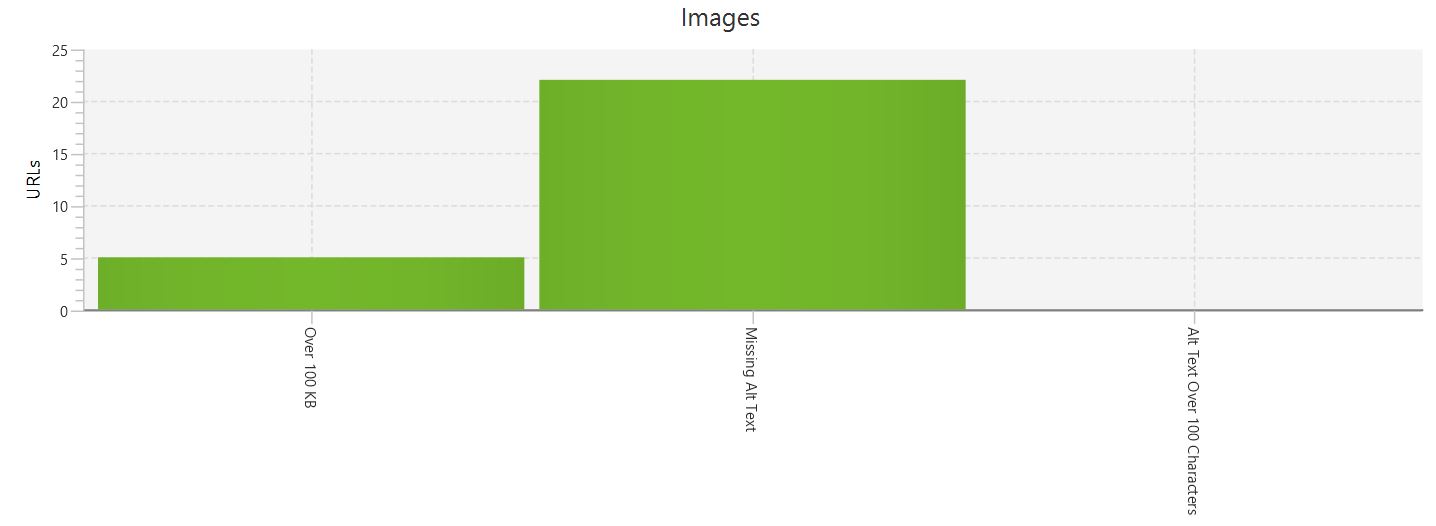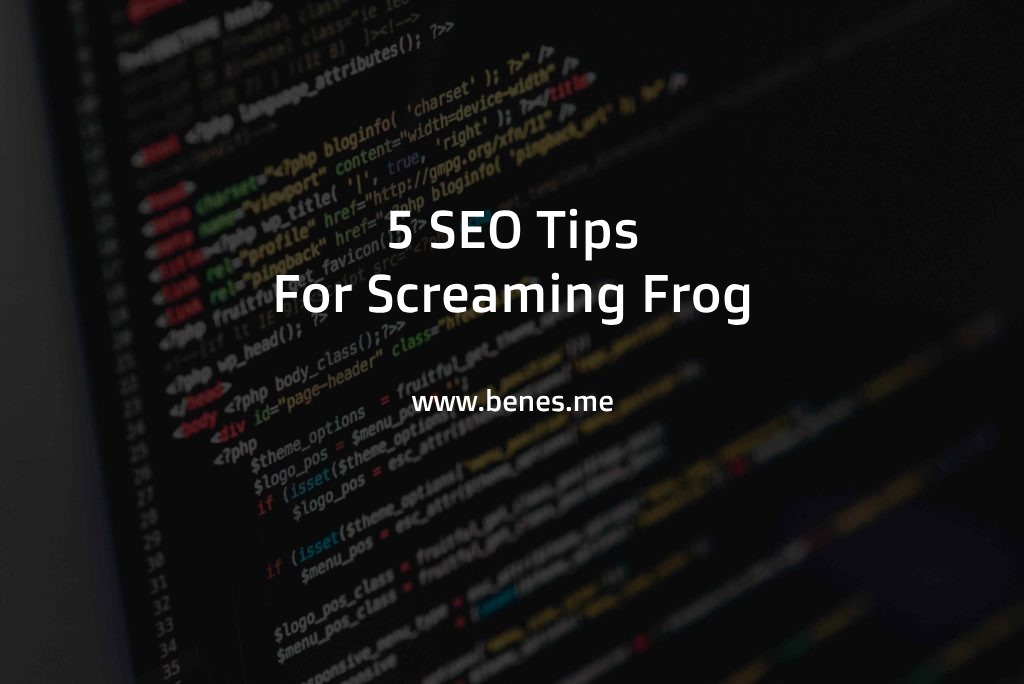On-page SEO is one of the three basic pillars of search engine optimization with the other two being off-page (linkbuilding) and technical SEO (mainly indexing and crawling management). On-page optimizations are linked to a specific page that can be adjusted directly in the web administration without the need of getting access from third parties or waiting for linkbuildling partners.
There are very likely hundreds of existing on-page factors that influence the search engines rankings. The official list of the factors is not however publicly available and it is also very likely that with the rise of AI, there is no single Google employee knowing the entire list. Therefore their influence on SEO can only be assumed on the basis of tests and historical performance data.
The most important on-page SEO factors
Although the complete list of on-page factors is not fully known, some of them are generally accepted by the SEO community and are part of established best practices. The most important on-page factors influencing search results include:
Page (Meta) Title
The page title (or alternatively meta title) is probably the most important on-page factor in terms of relevance and click-through-rate from search results. The page titles (which does not stand for a headline) appear in the browser and as blue text in the SERP.
It’s also recommended to put a primary keyword at the beginning and keep the title between 50 and 70 characters long to avoid automatic truncation.
Page (Meta) Description
The meta description is there to provide context to the page and appears in the search results (grey) below the page title (blue).

Although the page description does not directly affect SEO performance, it is an important determinant of click-through-rate (CTR). It is therefore recommended to include a call to action (CTA) at the end of the description, so that users are more likely to click on the ad.
Headlines (H1 – H6)
Each page should contain at least one main title (H1) and additional subheadings, always in hierarchical order similar to a printed publication.
The headlines are contextually very important, as they help to quickly navigate through the page and indicate what the content is about. In order to ensure the best readability experience, it is a good idea to keep the headlines on one or two lines maximum and include relevant keywords reflecting the topic of given paragraphs.
Page content
The textual content in HTML format is not only an important ranking factor but also the main part for keeping the bounce-rate low and time-on-page metric high. The article should also include internal and external links to supplement information on the topic to increase the relevance of the content.
With ever-improving AI, the article should focus mainly on meeting the needs of the user and the robot, mainly because the strategies that worked once, such as keyword stuffing, no longer work with the current algorithm, at least from the long term perspective.
Image size and ALT text
Images are another important element, not only in terms of content and readability, but also web loading speed, which is a crucial factor for ranking on mobile devices. It is therefore important to keep the image below 100kb to avoid any delays in loading.
Similarly to the page title, the ALT text serves the same purpose. These tags are important not only for appearing in the image search engine (e.g. Google Images), but also for users with hearing disabilities who make use of the text to voice convertors. And Google as a highly inclusive company greatly appreciates this feature on the site.

URL setup and structure
The URL structure itself is also a valid on-page factor, especially in terms of user experience and providing context before clicking on the link. It is therefore a good idea to ensure that users can guess the page content just by looking at the URL. This will not only increase the CTR but also make the overall site more trustable. Avoiding extensive number strings, messy parameters or words without context is also recommended.
Internal linking and error pages
Internal links not only provide additional context to the given topics but also help with navigating the robot around the web. For example, a page that is being frequently linked within the website (e.g. from the main menu), will be more important in the eyes of the crawler than other, less linked pages.
It is also important to ensure that every page is part of the internal linking structure in order to avoid so-called orphan pages. Moreover, linking to a non-existing 404 (not found) pages is also generally an obstacle for the crawler which should be fixed.
Page loading speed
Page loading speed is one of the most influential on-page factors having a substantial impact on the mobile SEO performance. The goal is to ensure that the reader can start consuming the content right after clicking on the search result. Based on the research conducted by Google, almost half (40%) of users automatically bounce back to Google if the content does not appear within three seconds.
Mobile experience and UX
In addition to page loading speed, the user experience on mobile devices is another crucial factor to rank high in Google on the mobile devices. It is important to have a dedicated layout for mobile devices, be it a separate URL on the m. domain (e.g. m.facebook.com) or an entirely responsive design (most of the sites). For example avoiding tiny buttons, fancy fonts or disturbing elements (namely pop-up windows or large display ads) is a must on mobile devices.

Although on-page SEO is a very important part of the overall optimization efforts, it is far from the only area that affects the search results. Only with the right technical settings and an effective on-page strategy has the SEO channel the potential to bring the desired performance.

